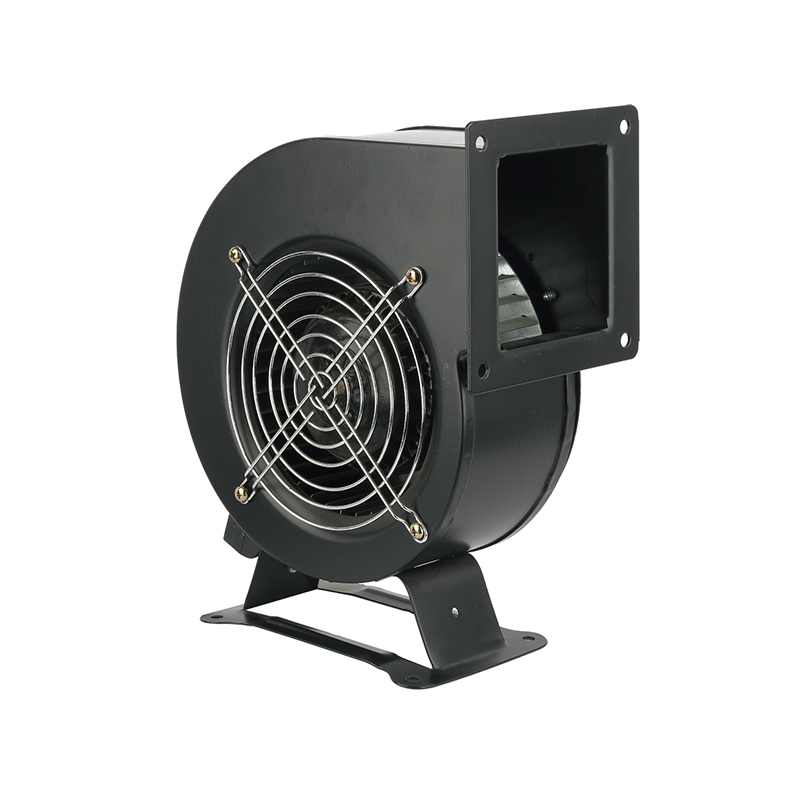Qinlang focuses on providing high-quality products and considerate services, and is committed to meeting every expectation of our customers.
The DKT-133 Cooling Ventilation Double Inlet Air Conditioning Fan is d...
See DetailsIn large-scale industrial environments, proper ventilation is critical for maintaining air quality, regulating temperature, and ensuring the safety of workers. Among the various ventilation solutions available, the industrial frequency centrifugal fan stands out as a dependable option for consistent airflow and pressure control. Understanding what makes this type of fan efficient can help facility managers and engineers make informed decisions when designing or upgrading ventilation systems.
The industrial frequency centrifugal fan operates by using centrifugal force to move air. Air enters the fan wheel at the center and is propelled outward by the rotation of the blades. This mechanism allows the fan to generate higher pressure than axial fans, making it particularly suitable for environments with long duct systems or high resistance to airflow. One of the factors contributing to the fan’s efficiency is its ability to maintain airflow even under pressure, which is common in large buildings and industrial settings.
One of the defining features of an industrial frequency centrifugal fan is its frequency control capability. Unlike standard fixed-speed fans, frequency-controlled fans can adjust their speed based on demand. This not only reduces energy consumption but also decreases wear and tear on the equipment. When the ventilation load is low, the fan operates at a reduced speed, consuming less electricity. This smart adjustment contributes to more efficient energy use without compromising performance.

Another factor that enhances efficiency is the fan’s design. The blades of an industrial frequency centrifugal fan are often backward-curved or radial, which allows for better handling of high-pressure air without creating excessive noise. This design also reduces the likelihood of dust accumulation, which can decrease efficiency over time.
Material selection also plays a role in the fan’s performance. High-quality materials such as stainless steel or reinforced aluminum improve the durability of the industrial frequency centrifugal fan, allowing it to operate efficiently in harsh environments with chemicals, moisture, or abrasive particles. Long-lasting materials reduce the need for frequent maintenance and replacements.
Another reason these fans are suited for large-scale operations is their ability to integrate with automated systems. An industrial frequency centrifugal fan can be linked with building management systems (BMS) to automatically respond to changes in temperature, humidity, or air quality. This automation ensures that ventilation remains efficient without manual intervention, adapting in real time to the facility’s needs.
Noise reduction is also a benefit. While high airflow is essential, excessive noise can disrupt work environments. The structure of an industrial frequency centrifugal fan is typically optimized to reduce sound levels, especially when combined with acoustic insulation or silencers.
The efficiency of an industrial frequency centrifugal fan in large-scale ventilation depends on several factors: adjustable frequency control, smart blade and housing design, durable construction materials, and integration with automation systems. These features allow the fan to deliver consistent airflow while managing energy consumption and operational noise. For industries requiring reliable and adaptable ventilation solutions, this type of fan remains a practical and effective choice.